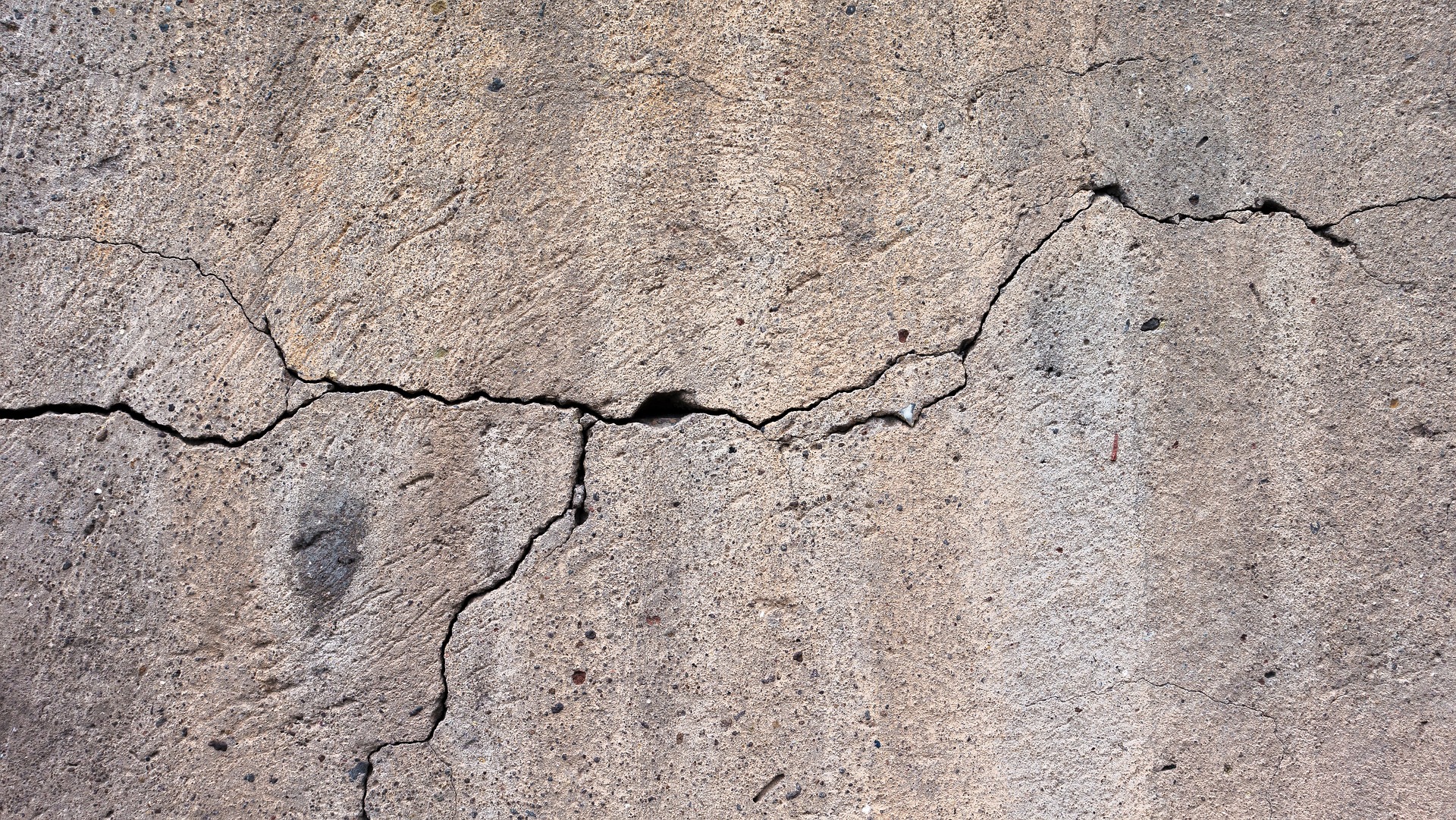"Deciphering the Intricacies of Gavel to Gavel Coverage"
The right to a public trial is a fundamental tenet of our democratic society. However, when the gavel strikes, the general public often finds itself in a realm of legal complexities. This article aims to delve deeper into the concept of 'Gavel to Gavel' coverage, its historical context, legal developments, and its impact on our modern society.
The Genesis of Gavel to Gavel Coverage
‘Gavel to Gavel’ refers to the complete broadcast of court proceedings, from the moment the judge enters the courtroom (the first gavel) until the proceedings are adjourned (the final gavel). The concept stems from the Sixth Amendment of the U.S. Constitution, which guarantees public trials. It is a practice that has evolved with the advent of modern technology, particularly television and the internet.
Evolution and Legal Developments
The idea of broadcasting court proceedings is not new. The infamous Scopes “Monkey” Trial in 1925 was the first to be broadcast on radio. However, it was the 1991 trial of Rodney King that marked a significant turning point. It was during this trial that the term ‘Gavel to Gavel’ was coined, referring to the full coverage of the proceedings.
In terms of legal developments, the Supreme Court case of Chandler v. Florida in 1981 was significant. The court ruled that states could allow cameras in the courtroom, and this paved the way for ‘Gavel to Gavel’ coverage.
Current Landscape and Legal Updates
Today, ‘Gavel to Gavel’ coverage is commonplace. Various states have laws allowing cameras in the courtrooms, and online platforms like CourtTV offer live streaming of trials. However, the federal courts remain a notable exception. The Judicial Conference of the United States, which oversees federal court policies, maintains a general prohibition on cameras in federal courtrooms. But, in response to the COVID-19 pandemic, there has been a temporary allowance for live audio streaming in selected cases.
Implications and Impact on Society
The impact of ‘Gavel to Gavel’ coverage is multifaceted. On one hand, it promotes transparency and public understanding of the legal process. On the other hand, it presents potential issues related to privacy and fair trial rights.
There are arguments that such coverage can lead to sensationalism and may influence the judicial process. Judges, witnesses, and jurors may act differently under the scrutiny of the camera. Critics argue that this could impact the fairness of trials.
Conclusion
‘Gavel to Gavel’ coverage is a complex issue at the intersection of law, technology, and societal needs. As we navigate this digital age, it is imperative that we continue to evaluate the balance between transparency, privacy, and the sanctity of our judicial process. The future of ‘Gavel to Gavel’ coverage will likely be shaped by these ongoing debates and the evolving nature of our legal system.





